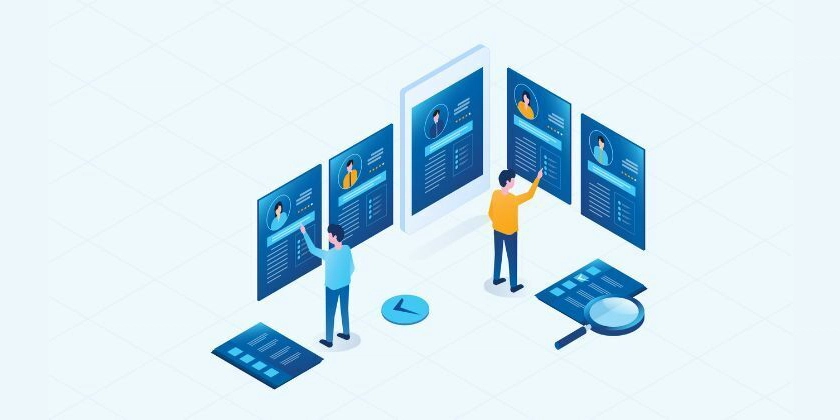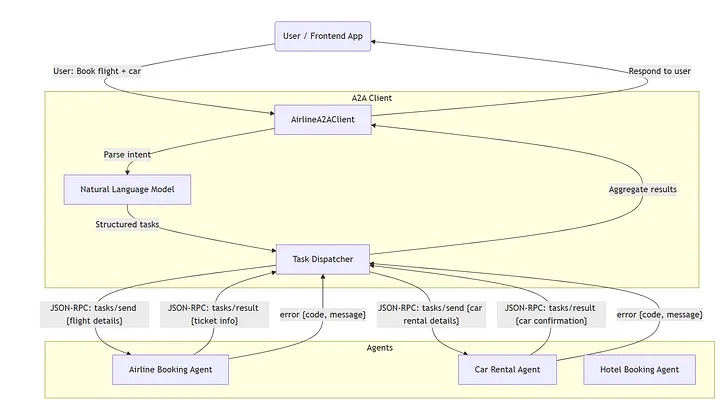Not Just Software: How ERP Becomes Your Business’s Digital Brain
In today’s fast-evolving business landscape, ERP systems are no longer just administrative tools that manage invoices, orders, and inventory. They have transformed into the central nervous system of successful organizations — the "digital brain" that thinks, analyzes, and makes decisions faster than ever before. Businesses that continue treating ERP as a mere back-office tool risk falling behind. In this blog, we’ll dive deep into how modern ERP solutions are reshaping the way businesses operate, innovate, and grow. It’s time to look beyond software — and understand how ERP becomes your most valuable strategic asset. What Was ERP — and What It’s Becoming When ERP (Enterprise Resource Planning) systems first emerged, they primarily served as massive data repositories. Their job was to streamline internal processes — from accounting to inventory management — making day-to-day operations more efficient. Early ERP platforms were rigid, on-premise, and heavily dependent on manual data input. Fast forward to today, and the narrative has radically shifted. Modern ERP systems have evolved into intelligent platforms that integrate artificial intelligence (AI), real-time analytics, machine learning, and automation. They no longer just store data — they analyze, predict, and recommend actions based on it. ERP is no longer a passive tool. It has become an active participant in business strategy, helping companies anticipate market changes, optimize operations dynamically, and innovate faster. In short, ERP has transitioned from being a "record-keeping system" to becoming the "digital brain" that powers smart businesses into the future. The Anatomy of a Digital Brain: What Makes Modern ERP So Powerful A modern ERP system functions much like a human brain — constantly receiving, processing, analyzing, and responding to information in real time. But what exactly gives today's ERP this incredible power? Let’s break it down: Real-Time Data Processing: Modern ERP platforms collect and process live data across all departments, providing instant insights into sales, production, finance, and supply chains. No delays, no outdated reports — only real-time decision-making. Cross-Departmental Connectivity: Today’s ERP systems eliminate information silos. Marketing, sales, finance, HR, and operations all work within a unified ecosystem, fostering seamless collaboration and smarter business moves. Artificial Intelligence & Machine Learning Integration: AI algorithms allow ERP systems to detect patterns, predict outcomes, and suggest optimal actions. Machine learning enables continuous improvement by learning from historical data and adapting strategies over time. Automation of Repetitive Tasks: By automating manual workflows — like invoice processing, customer onboarding, and inventory tracking — ERP frees up human intelligence for creative, strategic work. Predictive & Prescriptive Analytics: Instead of merely reporting what has happened, modern ERP systems forecast future trends and prescribe actions. This transforms businesses from reactive to proactive. ERP’s Role in Strategic Decision-Making In the age of digital acceleration, businesses can no longer afford to make decisions based solely on instinct or outdated reports. This is where a modern ERP system steps in — not just as an operational tool, but as a strategic decision-making partner. A truly intelligent ERP collects data across all touchpoints, analyzes it in real time, and presents actionable insights. This empowers leadership teams to: Identify Opportunities Faster: ERP systems highlight emerging sales trends, market demands, and customer behaviors, allowing businesses to pivot strategies quickly. Optimize Resource Allocation: From workforce planning to inventory management, ERP insights ensure that companies allocate resources where they matter most. Mitigate Risks Early: Predictive analytics spot potential supply chain disruptions, financial bottlenecks, or compliance issues before they escalate. Improve Customer Experience: By integrating CRM and ERP data, businesses personalize interactions and predict customer needs, leading to stronger loyalty and revenue growth. How Smart ERP Drives Innovation Innovation isn’t just about having great ideas — it’s about executing them faster, smarter, and more efficiently than the competition. A modern ERP system acts as a catalyst for innovation by creating an environment where new ideas can flourish and scale quickly. Here’s how smart ERP systems drive innovation: Accelerating Product Development Cycles: Integrated ERP platforms connect R&D, manufacturing, marketing, and customer feedback in real time. This allows companies to iterate faster on product designs, streamline testing, and bring new offerings to market at unprecedented speeds. Unlocking New Revenue Streams: ERP insights can reveal emerging customer needs or untapped markets. Businesses can use this data to launc
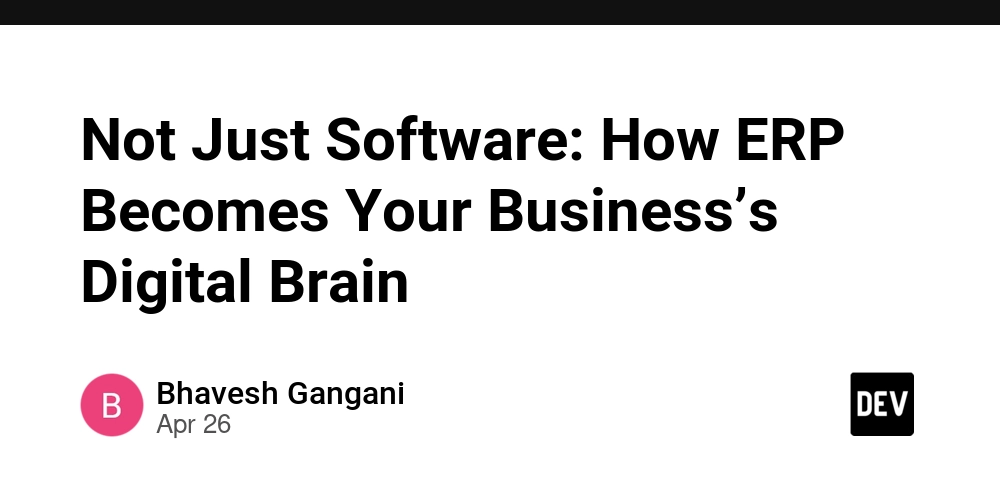
In today’s fast-evolving business landscape, ERP systems are no longer just administrative tools that manage invoices, orders, and inventory. They have transformed into the central nervous system of successful organizations — the "digital brain" that thinks, analyzes, and makes decisions faster than ever before.
Businesses that continue treating ERP as a mere back-office tool risk falling behind. In this blog, we’ll dive deep into how modern ERP solutions are reshaping the way businesses operate, innovate, and grow. It’s time to look beyond software — and understand how ERP becomes your most valuable strategic asset.
What Was ERP — and What It’s Becoming
When ERP (Enterprise Resource Planning) systems first emerged, they primarily served as massive data repositories. Their job was to streamline internal processes — from accounting to inventory management — making day-to-day operations more efficient.
Early ERP platforms were rigid, on-premise, and heavily dependent on manual data input.
Fast forward to today, and the narrative has radically shifted. Modern ERP systems have evolved into intelligent platforms that integrate artificial intelligence (AI), real-time analytics, machine learning, and automation.
They no longer just store data — they analyze, predict, and recommend actions based on it.
ERP is no longer a passive tool. It has become an active participant in business strategy, helping companies anticipate market changes, optimize operations dynamically, and innovate faster.
In short, ERP has transitioned from being a "record-keeping system" to becoming the "digital brain" that powers smart businesses into the future.
The Anatomy of a Digital Brain: What Makes Modern ERP So Powerful
A modern ERP system functions much like a human brain — constantly receiving, processing, analyzing, and responding to information in real time. But what exactly gives today's ERP this incredible power? Let’s break it down:
Real-Time Data Processing:
Modern ERP platforms collect and process live data across all departments, providing instant insights into sales, production, finance, and supply chains. No delays, no outdated reports — only real-time decision-making.
Cross-Departmental Connectivity:
Today’s ERP systems eliminate information silos. Marketing, sales, finance, HR, and operations all work within a unified ecosystem, fostering seamless collaboration and smarter business moves.
Artificial Intelligence & Machine Learning Integration:
AI algorithms allow ERP systems to detect patterns, predict outcomes, and suggest optimal actions. Machine learning enables continuous improvement by learning from historical data and adapting strategies over time.
Automation of Repetitive Tasks:
By automating manual workflows — like invoice processing, customer onboarding, and inventory tracking — ERP frees up human intelligence for creative, strategic work.
Predictive & Prescriptive Analytics:
Instead of merely reporting what has happened, modern ERP systems forecast future trends and prescribe actions. This transforms businesses from reactive to proactive.
ERP’s Role in Strategic Decision-Making
In the age of digital acceleration, businesses can no longer afford to make decisions based solely on instinct or outdated reports. This is where a modern ERP system steps in — not just as an operational tool, but as a strategic decision-making partner.
A truly intelligent ERP collects data across all touchpoints, analyzes it in real time, and presents actionable insights. This empowers leadership teams to:
Identify Opportunities Faster:
ERP systems highlight emerging sales trends, market demands, and customer behaviors, allowing businesses to pivot strategies quickly.
Optimize Resource Allocation:
From workforce planning to inventory management, ERP insights ensure that companies allocate resources where they matter most.
Mitigate Risks Early:
Predictive analytics spot potential supply chain disruptions, financial bottlenecks, or compliance issues before they escalate.
Improve Customer Experience:
By integrating CRM and ERP data, businesses personalize interactions and predict customer needs, leading to stronger loyalty and revenue growth.
How Smart ERP Drives Innovation
Innovation isn’t just about having great ideas — it’s about executing them faster, smarter, and more efficiently than the competition. A modern ERP system acts as a catalyst for innovation by creating an environment where new ideas can flourish and scale quickly.
Here’s how smart ERP systems drive innovation:
Accelerating Product Development Cycles:
Integrated ERP platforms connect R&D, manufacturing, marketing, and customer feedback in real time. This allows companies to iterate faster on product designs, streamline testing, and bring new offerings to market at unprecedented speeds.
Unlocking New Revenue Streams:
ERP insights can reveal emerging customer needs or untapped markets. Businesses can use this data to launch complementary services, diversify product lines, or even create entirely new business models.
Empowering Agile Operations:
Traditional processes are often too rigid to support innovation. With cloud-based, modular ERP systems, businesses can reconfigure workflows quickly, pilot new initiatives without massive investments, and scale successful projects rapidly.
Enhancing Collaboration Across Teams:
Innovation thrives in environments where departments collaborate seamlessly. ERP connects sales, finance, production, and supply chain teams, enabling cross-functional innovation projects and smarter resource sharing.
Leveraging Advanced Technologies:
Many modern ERP solutions now integrate AI, IoT (Internet of Things), and blockchain. This allows businesses to innovate not just operationally, but technologically — creating smart factories, predictive maintenance systems, or blockchain-based supply chains.
In the future, the companies that lead their industries will be those that treat their ERP not as a control system — but as an innovation engine.
Key Features of an ERP That Acts Like a Digital Brain
Not all ERP systems are built equally. If you want your ERP to truly behave like a "digital brain," it must have certain critical features. Here’s what to look for:
Unified Data Ecosystem:
A digital-brain ERP centralizes data from every department — finance, sales, HR, inventory, and operations — ensuring that decision-makers always have a 360-degree view of the business.
Real-Time Analytics and Dashboards:
The ability to access live business intelligence through customizable dashboards allows leaders to act swiftly and with precision, not based on guesswork or outdated reports.
AI and Machine Learning Capabilities:
Predictive analytics, automated anomaly detection, and smart recommendations help businesses not only react but proactively steer their future.
Seamless Cloud Integration:
Cloud-based ERP ensures data accessibility anytime, anywhere, encouraging remote collaboration, scalability, and business continuity.
Automation of Routine Processes:
From processing purchase orders to managing payroll, automation frees up employees to focus on strategic, high-value work instead of repetitive tasks.
Modular and Scalable Architecture:
An ERP that grows with your business — adding modules as needed without disrupting existing operations — is critical to long-term success.
Advanced Security Frameworks:
Like a brain protects vital organs, your ERP must safeguard business data through encryption, compliance management, and access controls.
User-Friendly Interface:
Intelligent doesn’t mean complicated. A smart ERP system should be intuitive, minimizing training time and encouraging widespread adoption across all levels of the organization.
Choosing an ERP with these features ensures it doesn’t just support your business — it elevates it to an intelligent, future-ready enterprise.
How to Choose an ERP That Future-Proofs Your Business
Choosing the right ERP system is one of the most critical decisions your business will make. With technology evolving rapidly, it's essential to invest in an ERP that not only meets your current needs but is also flexible enough to grow with you. Here’s how to select an ERP that will serve as a digital brain, now and in the future:
1. Scalability and Flexibility
As your business grows, your ERP should scale with you. Look for a solution that allows you to add new modules, users, and features without disrupting operations. A cloud-based ERP is a good option because it offers the flexibility to scale without worrying about on-premise infrastructure.
2. Integration Capabilities
Your ERP should seamlessly integrate with other software tools you're using, such as CRM, HR systems, and marketing platforms. A system with strong API support ensures that data flows freely between different tools, eliminating silos and enhancing decision-making.
3. Artificial Intelligence and Machine Learning
As mentioned earlier, AI and machine learning are critical for transforming your ERP into a digital brain. Look for an ERP that can analyze historical data, make predictions, and suggest actions. This predictive capability will help you make smarter, data-driven decisions for the long term.
4. User Experience and Adoption
A complex ERP system can end up being underutilized if it’s difficult for your team to use. The user interface should be intuitive, and the system should support various roles across your organization. Ensure that the ERP provider offers sufficient training and support to maximize user adoption.
5. Industry-Specific Functionality
While many ERP systems are generic, some are tailored for specific industries — like manufacturing, retail, or healthcare. If your business operates in a specialized field, consider an ERP that comes with industry-specific features or modules that address your unique challenges.
6. Cloud-Based and Mobile-Friendly
Cloud-based ERPs offer flexibility in terms of access, and most modern solutions come with mobile apps, ensuring that decision-makers can stay connected and make timely decisions from anywhere in the world.
7. Future-Proofing Through Innovation
Look for ERP vendors who are committed to innovation. A good ERP provider is continuously upgrading their platform with new features, advanced technologies, and security improvements. Check their product roadmap to understand their long-term vision.
With these criteria in mind, you’ll be well-equipped to choose an ERP that doesn’t just meet today’s needs but will serve as the digital brain of your business for years to come.
Conclusion
In the digital age, your business needs more than just software — it needs a strategic partner that can adapt, evolve, and drive growth. A modern ERP system is that partner, acting as the digital brain that connects every part of your organization, optimizes processes, and guides decision-making with intelligence and foresight.
By integrating real-time data, AI-driven insights, and automation into your operations, ERP enables you to innovate faster, make smarter decisions, and stay competitive in an ever-changing business environment. Whether you're a small startup or a large enterprise, the right ERP system is a game-changer that ensures your business is future-ready.





















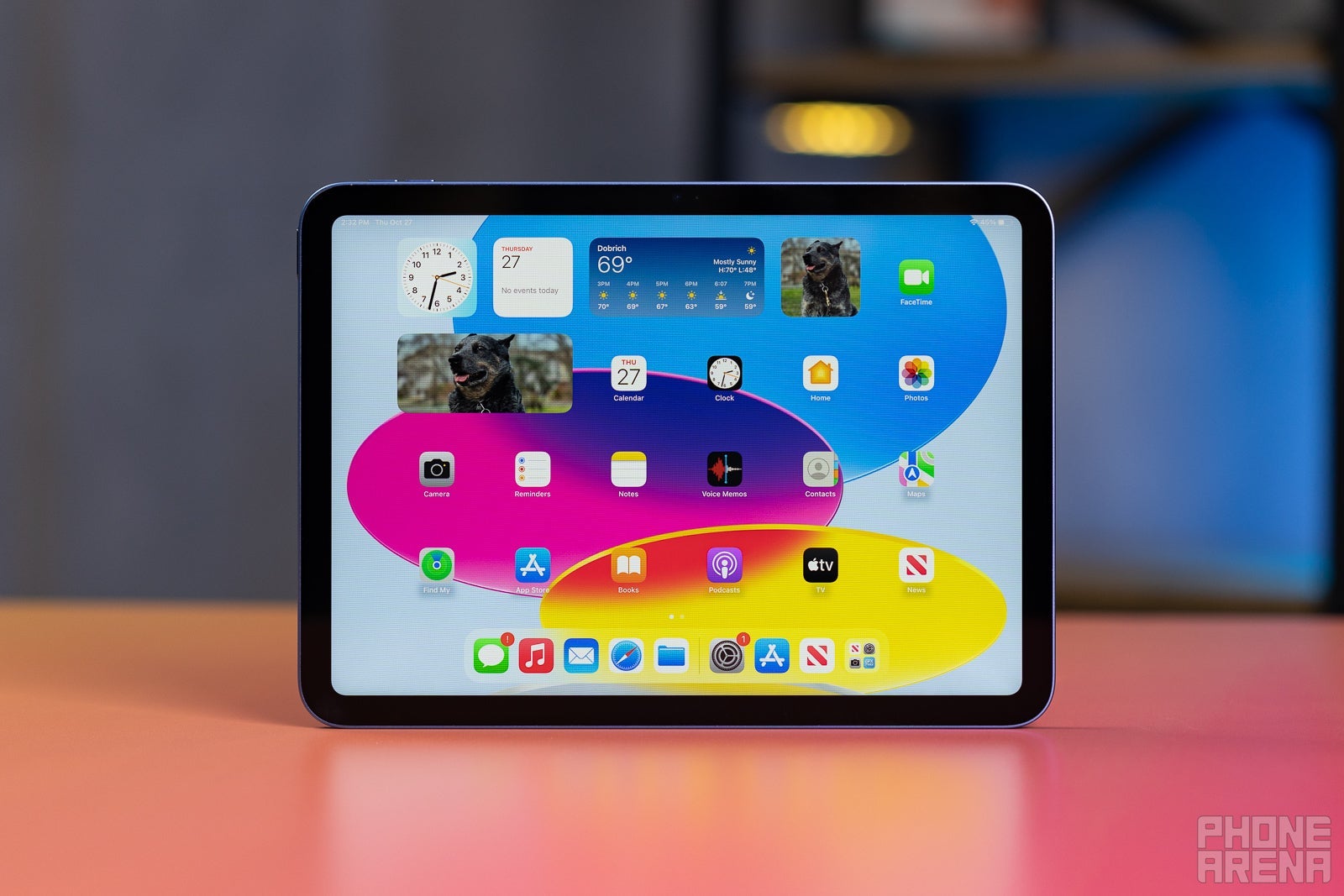









































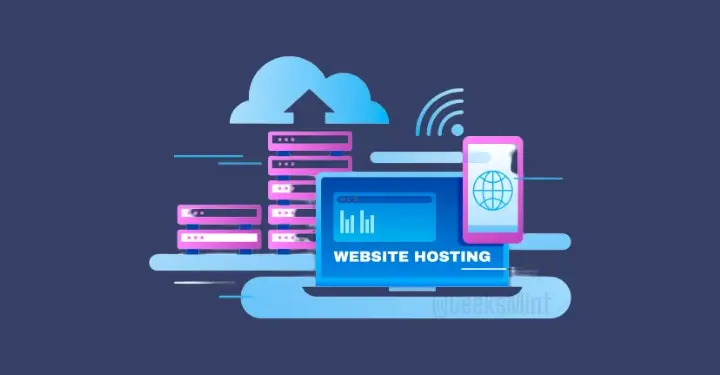









![Apple Drops New Immersive Adventure Episode for Vision Pro: 'Hill Climb' [Video]](https://www.iclarified.com/images/news/97133/97133/97133-640.jpg)

![Most iPhones Sold in the U.S. Will Be Made in India by 2026 [Report]](https://www.iclarified.com/images/news/97130/97130/97130-640.jpg)









![This new Google TV streaming dongle looks just like a Chromecast [Gallery]](https://i0.wp.com/9to5google.com/wp-content/uploads/sites/4/2025/04/thomson-cast-150-google-tv-1.jpg?resize=1200%2C628&quality=82&strip=all&ssl=1)


![Hostinger Horizons lets you effortlessly turn ideas into web apps without coding [10% off]](https://i0.wp.com/9to5mac.com/wp-content/uploads/sites/6/2025/04/IMG_1551.png?resize=1200%2C628&quality=82&strip=all&ssl=1)



























































































_Olekcii_Mach_Alamy.jpg?width=1280&auto=webp&quality=80&disable=upscale#)




















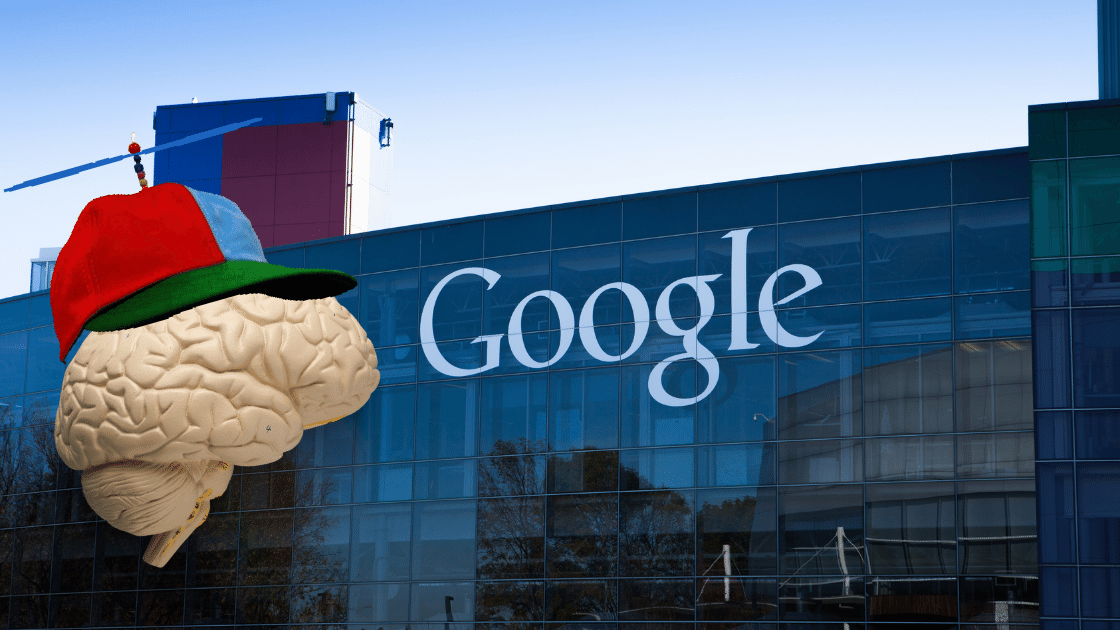



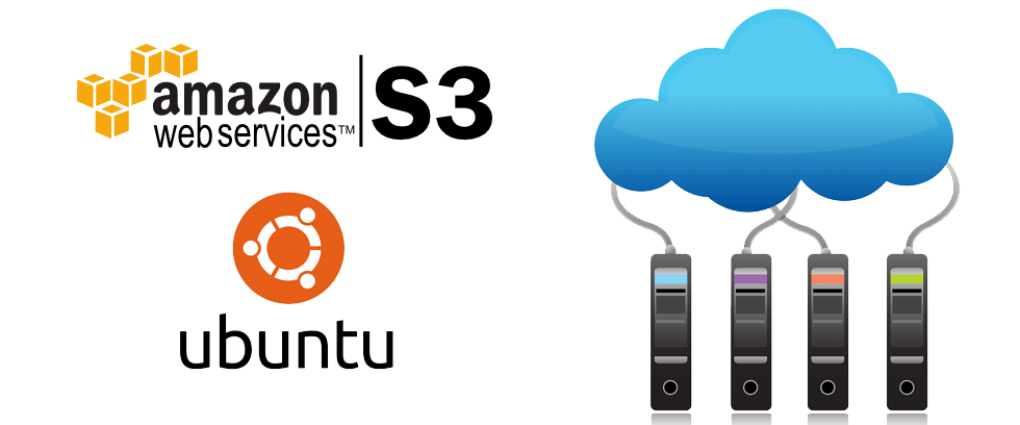
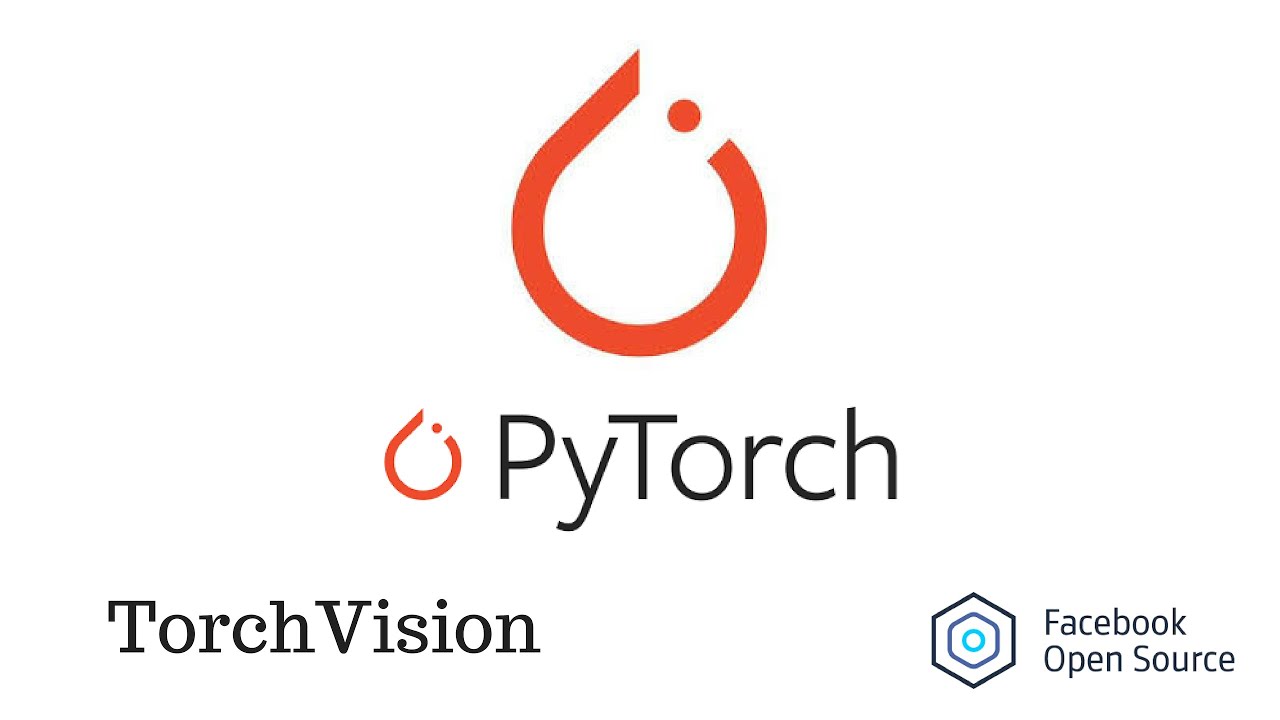





















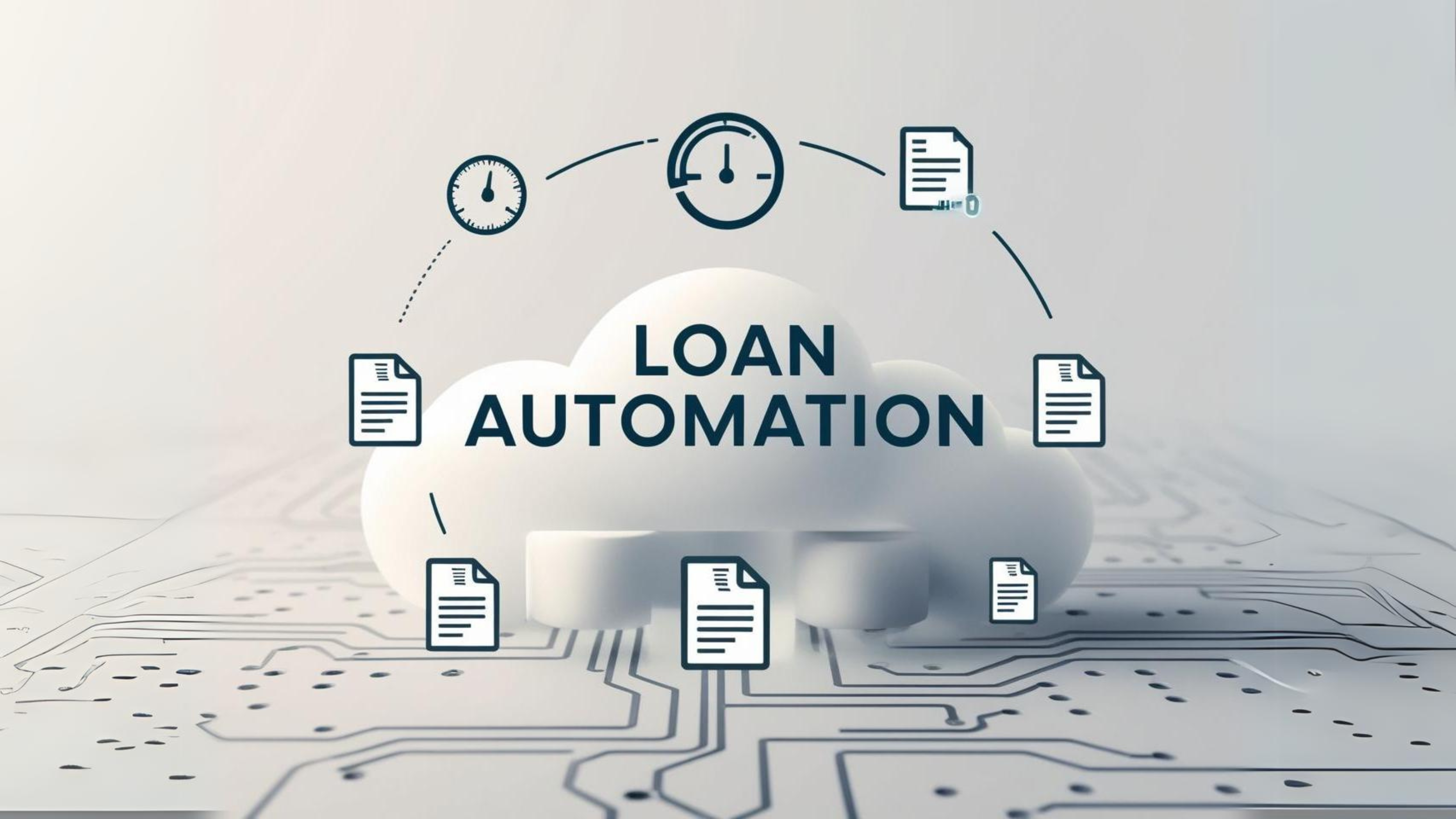





































































![[The AI Show Episode 144]: ChatGPT’s New Memory, Shopify CEO’s Leaked “AI First” Memo, Google Cloud Next Releases, o3 and o4-mini Coming Soon & Llama 4’s Rocky Launch](https://www.marketingaiinstitute.com/hubfs/ep%20144%20cover.png)











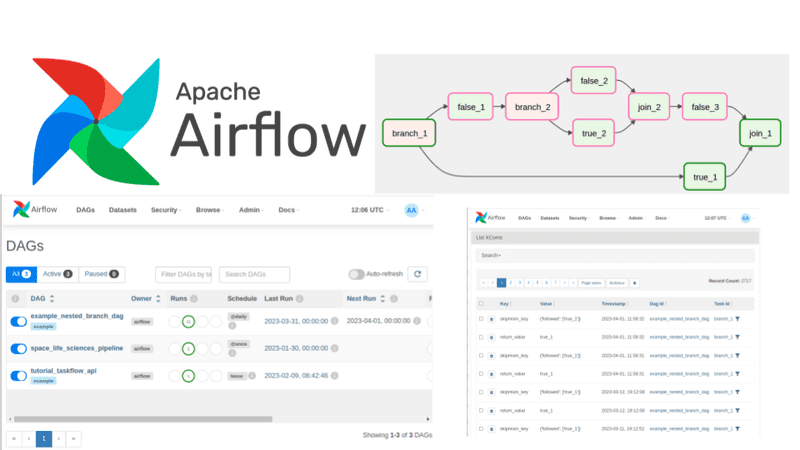



































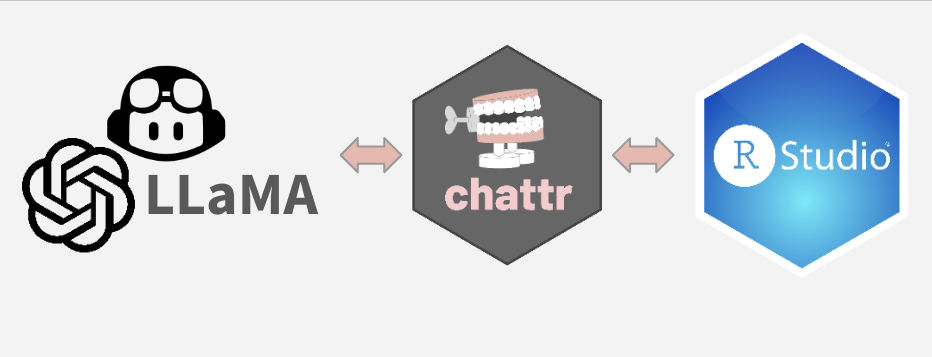
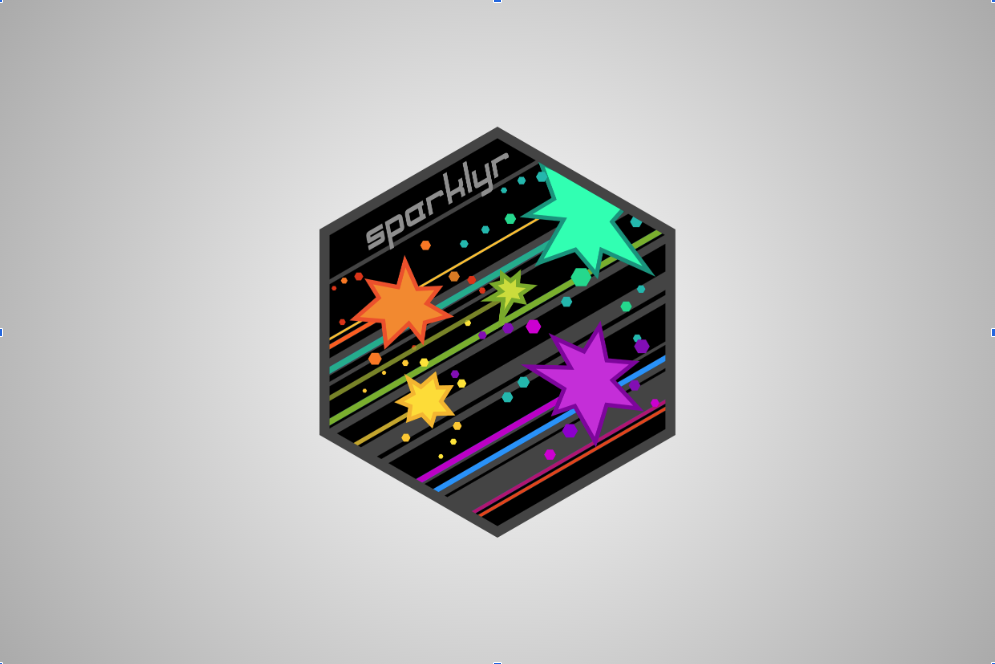














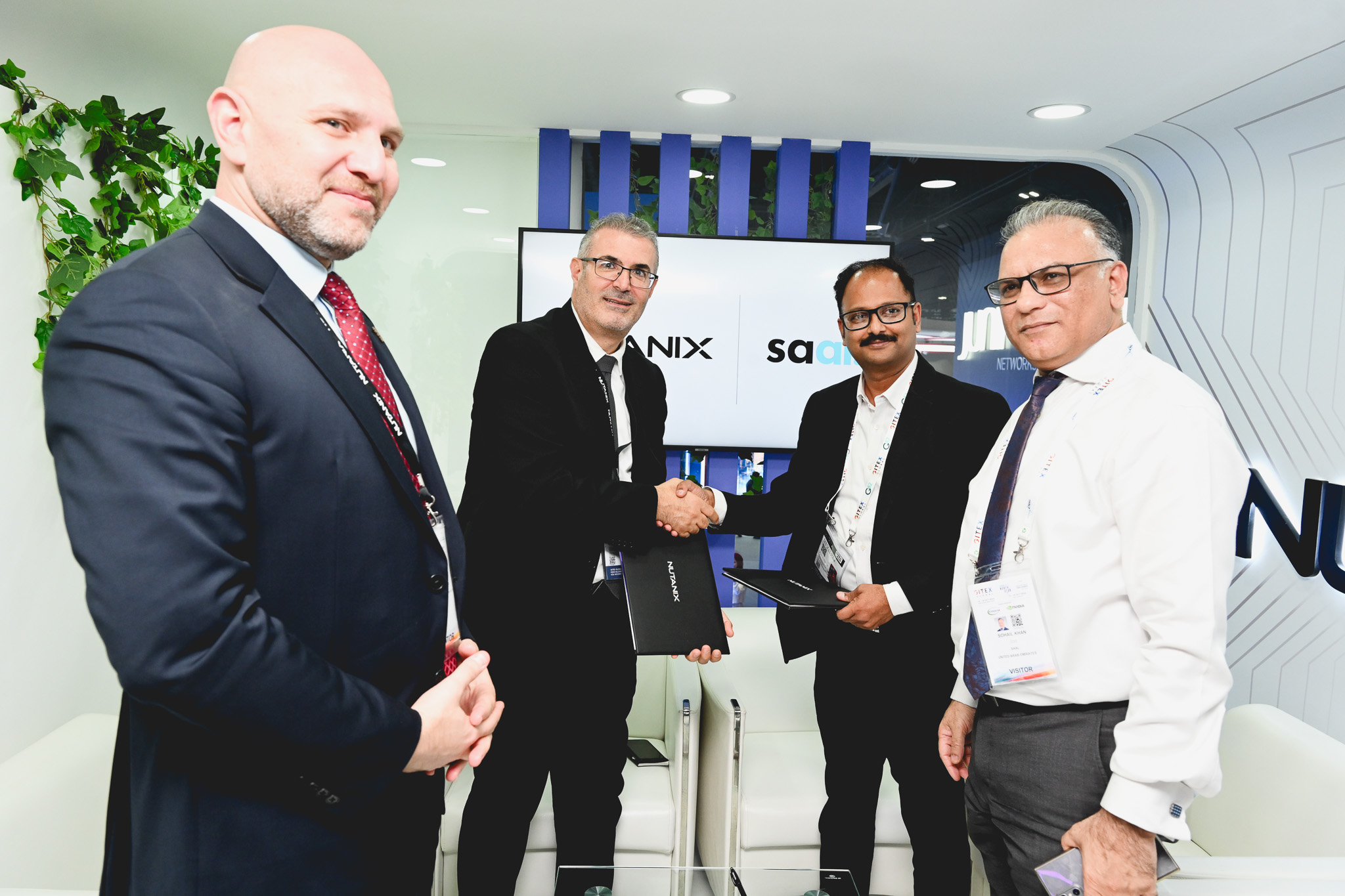






























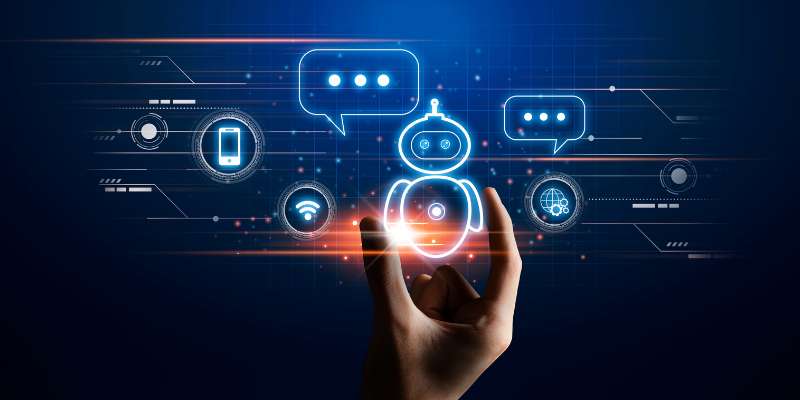






































































![[FREE EBOOKS] AI and Business Rule Engines for Excel Power Users, Machine Learning Hero & Four More Best Selling Titles](https://www.javacodegeeks.com/wp-content/uploads/2012/12/jcg-logo.jpg)
























































































.jpg?width=1920&height=1920&fit=bounds&quality=70&format=jpg&auto=webp#)


